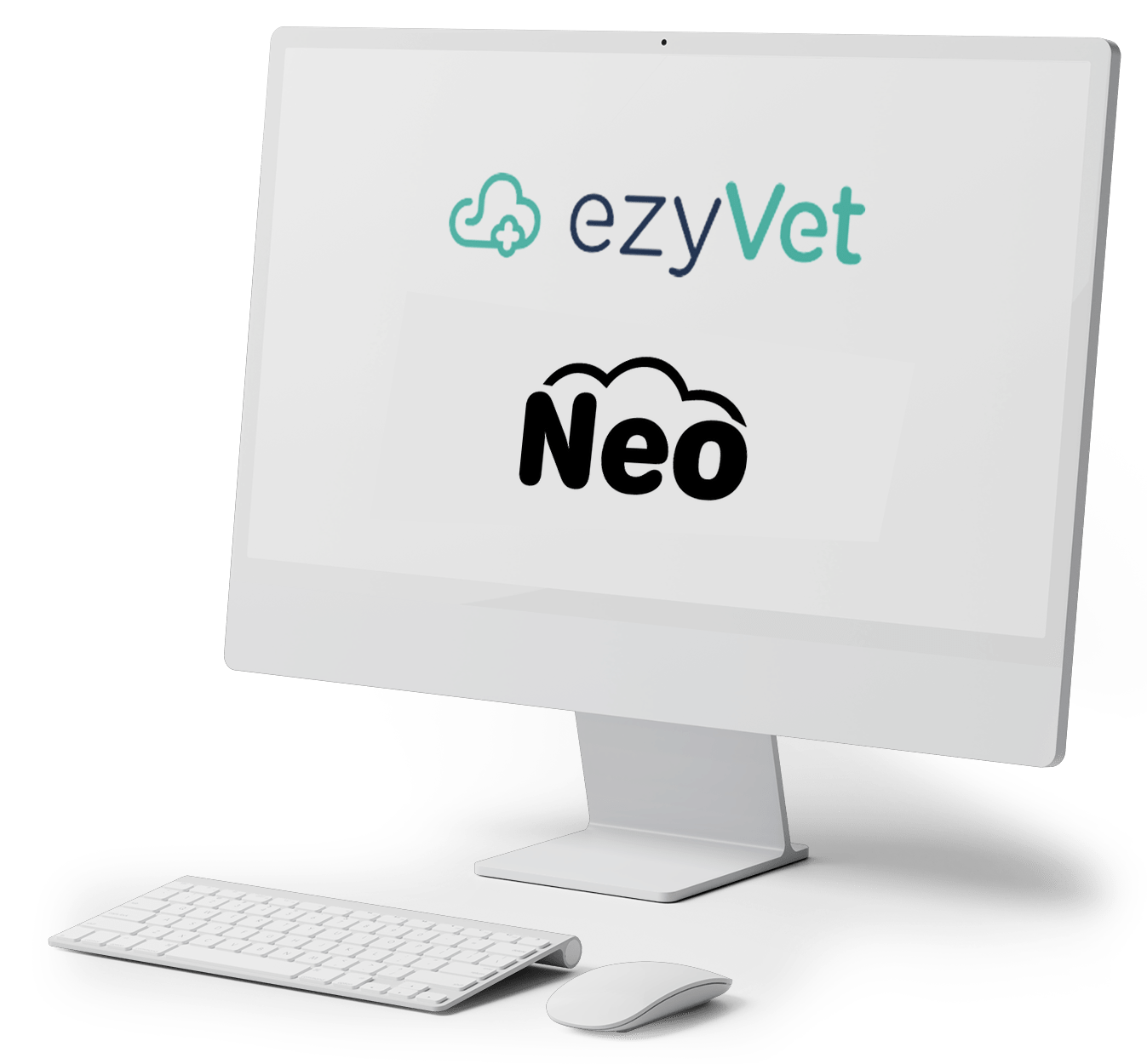Improve Veterinary Morale with Software
Learn how everyday frustrations like clunky workflows and miscommunication can affect morale, and how software can ease the load.
Low Morale Isn't Just a People Problem
It’s easy to think of burnout as a personal issue. But when it’s happening across your team, it’s a systems issue. Repetitive tasks, frustrating workflows, and unclear processes don’t just waste time, they wear people down.
If your team is drained, disengaged, or looking elsewhere, it’s worth asking: is your software making things easier, or harder?
This page walks through what contributes to low morale, how smarter systems can help, and what it looks like when tools work with your team, not against them.
1. Staffing shortages and packed schedules
2. Emotionally intense work, with few breaks
3. Frustration with outdated systems
4. Lack of time for follow-up, training, or connection
When those stressors add up, even your most dedicated team members can burn out. Morale doesn’t drop overnight. It slowly erodes under the weight of tasks that feel harder than they should, days that feel longer than they need to be, and systems that make people feel stuck.
Signs Your Software Might Be Dragging Your Team Down
- Workarounds are the norm, not the exception
- Team members don’t trust the system to work reliably
- People are snapping at each other over missed tasks
- Training takes too long because the system isn’t intuitive
- Staff feel like they’re spending more time clicking than caring

What Better Morale Looks Like in Practice
Small changes can have a big impact on how your team feels at work. Here’s what that can look like:
- Shorter, calmer mornings thanks to fewer scheduling surprises
- Less rework or double entry
- New hires getting up to speed faster
- A team that has time to take a real lunch break

1. Lighten the Load
Automate repetitive tasks and cut down on busywork. When systems run smoothly, your team has more time and energy for the parts of the job that matter most to them.

2. Reduce Friction
Software should make communication clearer, not more confusing. The right tools support consistent processes, fewer errors, and smoother shifts from one team member to the next.

3. Bring Back Meaningful Work
Nobody got into veterinary medicine to fight with their software. When tools just work, staff can spend more time doing what they’re trained for, and what they’re proud of.
Help Your Team Have More Good Days
Take a closer look at how two of our cloud-based platforms Neo and ezyVet are helping veterinary teams reduce stress, save time, and improve care.
Learn More About ezyVet Learn More About Neo
For Practice Owners:
Retain your top talent and reduce turnover-related costs. When morale is high, reputation and revenue follow.
For Practice Managers:
Fewer headaches, more time to lead. Let your tools do the heavy lifting so you can focus on coaching, not putting out fires.
For Vet Techs and CSRs:
Better workflows mean fewer mistakes, less conflict, and more control over your day. Get home less drained.
- What causes low morale in veterinary practices?
It’s rarely one thing. It’s usually a combination of emotional strain, physical exhaustion, poor workflows, and a lack of support.
- Can software improve morale in veterinary practices?
Yes. It won’t solve every problem, but it can remove many of the daily frustrations that contribute to burnout.
- How can I improve the morale of my veterinary team?
Start by listening. Anonymous surveys, one-on-one check-ins, and open feedback channels can help you get a clearer picture. Then look at what you can simplify, delegate, or improve, starting with your tools.

Download Our Morale Support Guides
The Morale-O-Meter
Retaining and Growing Your Staff Through Practice Culture and Morale.

